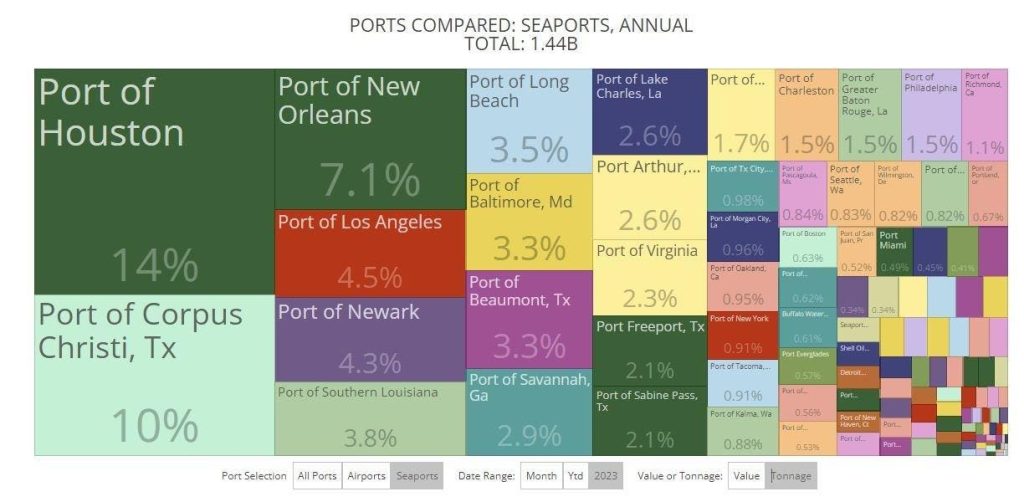The Port of Baltimore, in 2023, led the nation in tonnage imports of various products such as passenger vehicles, plywood, paper, construction equipment, and more according to U.S. Census Bureau data. However, a recent incident where a container ship struck and destroyed the Francis Scott Key Bridge has halted access to the Atlantic Ocean, leading to concerns about how these imports will now enter the United States.
The impact of the bridge incident has set off a chain reaction among various sectors such as manufacturers, freight forwarders, ports, and retailers who are all involved in ensuring that products and commodities reach their intended destinations. This incident highlights the interconnectedness of the global economy and emphasizes the challenges that come with relying solely on near-shoring solutions for international trade issues.
Despite being the No.-8 ranked seaport by tonnage and ninth by value in the U.S., the Port of Baltimore has exhibited significant growth over the past decade. In 2023, it reached a milestone of over $80 billion in two-way trade, reflecting its importance in the nation’s trade landscape. While the port handles various exports, coal is its leading export by tonnage, with the majority likely leaving through Norfolk, Virginia.
The disruption caused by the bridge incident has prompted stakeholders to assess alternative routes for importing goods, with the Port of Virginia being a potential option for handling some of the shipments that would have gone through Baltimore. However, the significant difference in tonnage handled by the two ports underscores the challenge of finding suitable matches for specific products and commodities.
As the supply chain adapts to the repercussions of the bridge incident, various industries will need to find solutions for handling crucial imports such as animal feed, machinery, coal, and vehicles. The resilience of the supply chain will again be put to the test as stakeholders work to ensure that goods continue to flow smoothly despite the challenges posed by the disrupted access to the Atlantic Ocean. The coming days and weeks will be crucial in determining how effectively the logistics network can cope with the situation.















